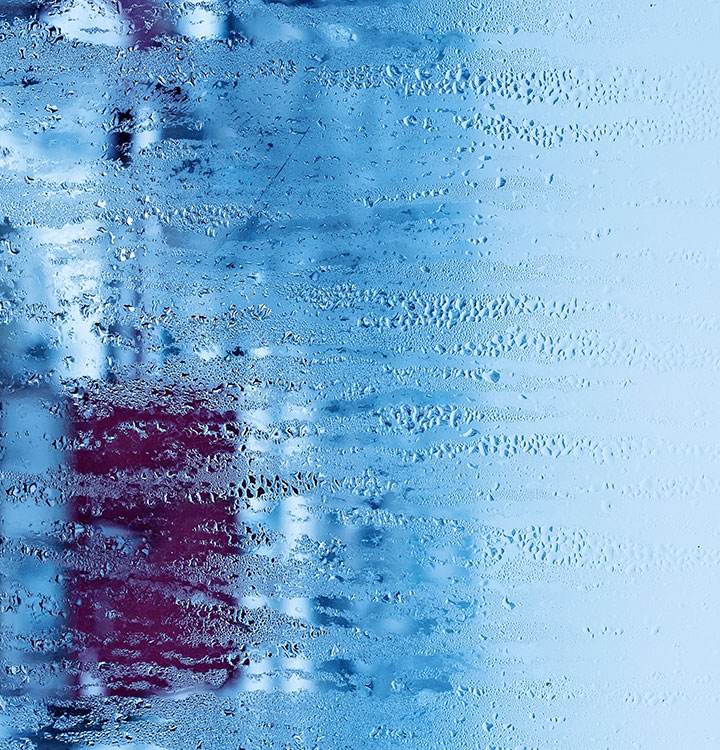CEFEP Technical Blog.
Insulation materials made of FEF and PEF are multifunctional optimisers for the technical equipment of buildings.
Insulation materials made of FEF and PEF are multifunctional optimisers for the technical equipment of buildings.

FEF and PEF insulation materials are not reliant on an low-emissivity external water vapour barrier they are able to present a high emissivity surface finish. This can lead to notably thinner insulation solutions for controlling condensation when using FEF or PEF materials.
Condensation on pipework should always be prevented wherever possible. Moisture formation can damage the structural fabric of a building, promote mould growth and either cause or greatly accelerate pipe corrosion. In extreme circumstances corrosion attributed to condensation can even shorten the lifespan of a mechanical system.

Insulation is used to ensure that the surface temperature remains above the critical dew-point temperature so that condensation cannot form. The properties of the insulation play an important role in preventing condensation and closed-cell materials have a clear advantage.
Warmer air can hold lots of moisture as water vapour but this capacity is diminished as it cools. Eventually cooling air must relinquish some of the moisture it could hold at higher temperatures, creating what we know as condensation. Any surface cooler than the surrounding air presents the potential for condensation but the risks are greater as the temperature decreases, making it a particular issue for refrigeration and air-conditioning pipes.
Fortunately pipe insulation doesn’t just reduce energy loss – it can also be used to prevent the warm, moisture laden, air coming into contact with the cold surfaces of refrigeration and air-conditioning pipework.
The properties of an insulation material are important when assessing its suitability for refrigeration and air conditioning pipework, it’s essential to keep the surface temperature above the dew-point so that condensation cannot form. Besides the specific thermal conductivity, the surface emissivity of the insulation material is critical. The surface emissivity describes the potential of a material to give off energy in the form of thermal radiation etc. With a non-reflective, high emissivity finish, black surfaces are well suited to controlling the surface temperature. In this way, relatively low insulation thicknesses can be used for the reliable control of condensation.
Differences in partial water vapour pressure force moisture towards cold surfaces. If water vapour is free to pass through the insulation surface it can cause interstitial condensation within the material, dramatically reducing energy saving performance and increasing the risks of pipe corrosion.
For many insulation materials the only way to prevent this is to apply an external water vapour barrier – usually in the form of a thin and easily damaged Aluminium foil. Closed cell FEF and PEF materials are, however, so inherently effective at preventing the passage of water vapour that they can be considered to possess an in-built water vapour barrier and do not require an external foil to be applied.
The nature of this resistance means that surface damage to a closed cell FEF or PEF insulation material is unlikely to significantly impair or diminish its ability to prevent condensation moisture ingress.
Because FEF and PEF insulation materials are not reliant on an low-emissivity external water vapour barrier they are able to present a high emissivity surface finish. This can lead to notably thinner insulation solutions for controlling condensation when using FEF or PEF materials.
FEF insulation materials are particularly practical when it comes to insulating irregularly shaped pipework elements like valves and flanges. Thanks to the flexibility of the foam and the inherent water vapour resistance offered by the closed cell structure, FEF materials can be easily shaped and cut to size and aren’t reliant on a externally applied water vapour barrier for protection against moisture ingress.